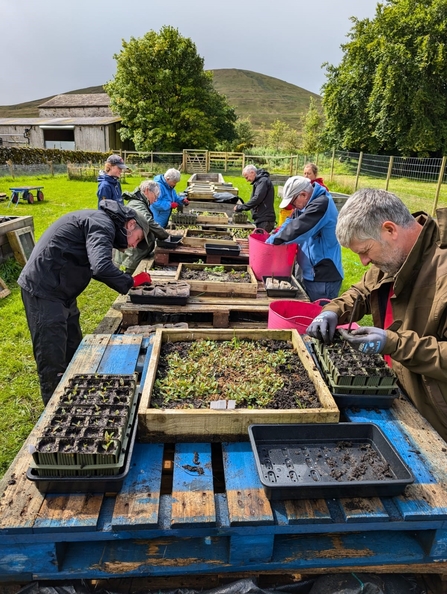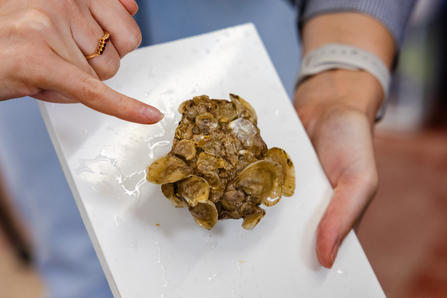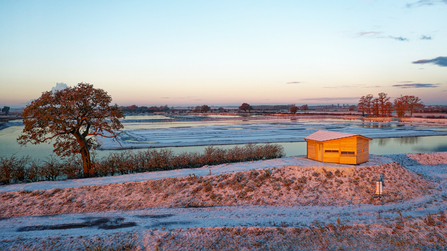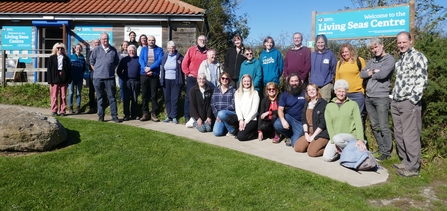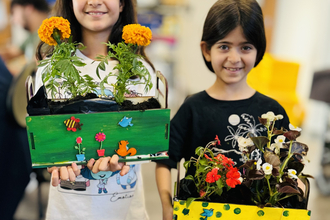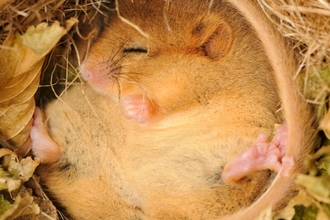We have taken action for wildlife on over 100 nature reserves, restored landscapes and seascapes from upland peat to the Humber Estuary, and worked with communities to create a wilder Yorkshire for everyone, everywhere.
We couldn't have done this without our valued members, volunteers, supporters, funders, donors and partner organisations - people caring for wildlife are at the heart of what we can do, thank you for all your incredible support.
Check out our year in numbers:
- 1 State of Yorkshire’s Nature report
- 75 spiked speedwell planted out in Ingleborough
- 60 #TeamWilder community groups
- 15 Years of Yorkshire Peat Partnership
- Half a million oysters given a home at Spurn
- 20 miles of invasive species removed
- 3 new species sightings
- 5 river restoration projects
- 6 years equivalent time from our volunteers
- And we bought a farm!

